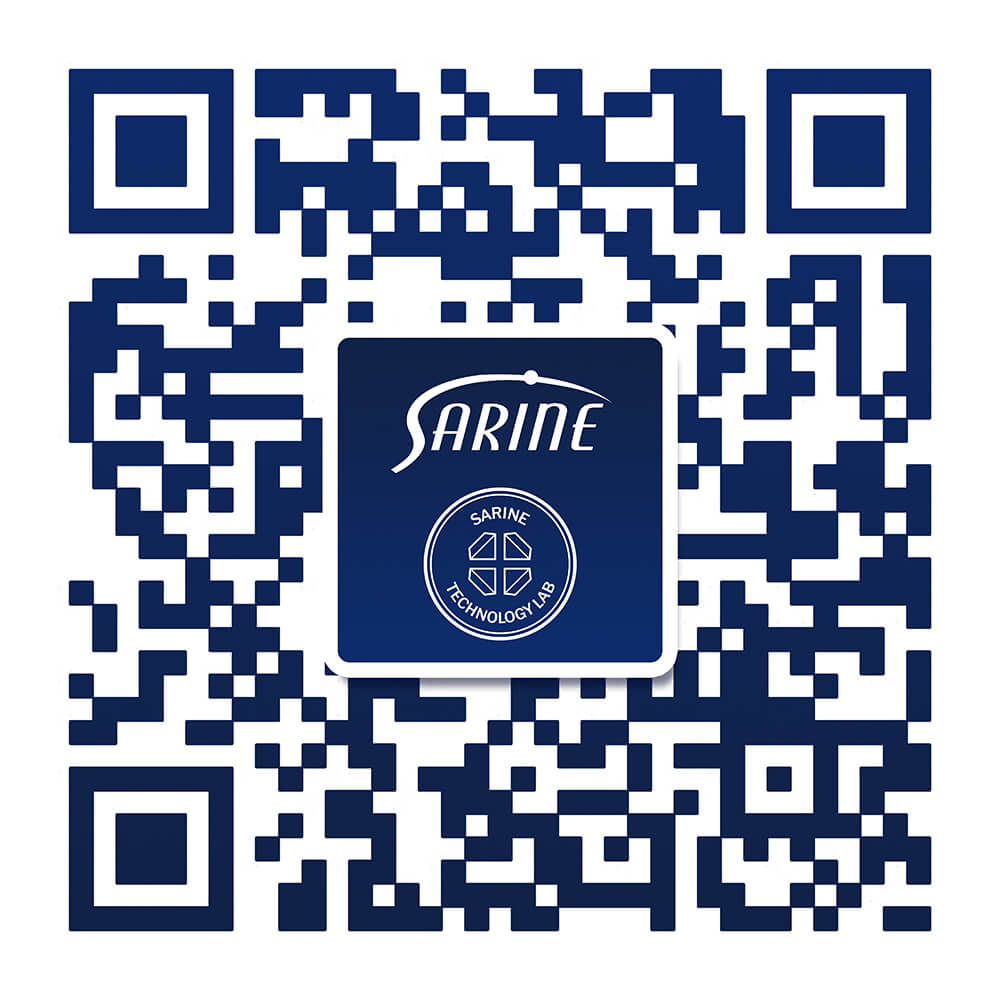At Sarine, we are proud to have been the sponsors of the Rapaport special podcast series focusing on Technology and the Diamond Trade, our favorite topic! We’ve published recaps of episodes 1, 2, 3 and 4, covering the A-Z of diamond technology, including traceability, grading and the new retail. In this fifth and final instalment, hosts Avi Krawitz and Sonia Esther Soltani, Rapaport senior editors, conduct interviews with four executives from various areas of the industry: Josh Pullan of Sotheby’s, Eira Thomas of Lucara Diamond, Joerg Pausch from Synova and Nina Dzhokhadze from the Connect Agency. These four discussions paint a full-pipeline picture of the state of diamond technology today, and how technology is impacting operations and business approaches along the entire supply chain, from mine to main street.
Listen to the full podcast episode: “In Focus: The Impact of Technology”.
Before diving into the interviews, Avi and Sonia briefly recapped the podcast series with what they saw as the common thread running through all the episodes: it is not technology itself that is disruptive; rather, technology is the enabler serving the demands of end consumers. Technology facilitates disruptive trends, but the trends themselves are driven – as always – by people. Every discussion of technology boils down to human desires and interactions. On that note, let’s run through a quick recap of the four interviews and what to expect when you settle in for the episode:
Storytelling, the new luxury
First up on the podcast was Josh Pullan, Managing Director of Sotheby’s Global Luxury Division. The past year has been a very exciting one for the company, as they accelerated their e-commerce strategy, which was already in place before COVID hit. During the past year, there has been a marked shift towards online sales, and particularly among new, younger customers. 44% of bidders in luxury sales last year were new to Sotheby’s; in the jewelry category, new bidders made up 32% of buyers. What’s more, 30% of jewelry buyers were under 40 years old.
As the company continued the shift to digital, with live online auctions and its Buy Now digital store for high-end luxury items, Sotheby’s learned early on to lean into existing digital capabilities but also add new ones for flexibility and nimbleness in fast-changing circumstances. For example, the company launched tools to make it easier to engage with customers during the pandemic when physical interaction was impossible – chat, virtual galleries, online consignment tools, live streamed auctions, and more.
An additional key driver of consumer engagement is a creative approach to storytelling, evident in Sotheby’s sale of the Spirit of the Rose 14.83ct Vivid Fancy Pink diamond, the highest selling jewel of last year, which sold for $26.6 million. At a time when people worldwide were restricted in terms of travel, the Spirit of the Rose diamond told a story entwined with Vaslav Nijinsky’s legendary ballet, Le Spectre de la rose, after which it was named, featuring performances of the ballet promoted on social media to amplify the story of the diamond and reach more audiences. As Pullan points out, we live today in an “on-demand” culture, where the baseline consumer expectations are for speed, execution, and storytelling. This is the future of luxury goods in the e-commerce space.
Efficiency begins in the mine
Next, Joshua Freedman, Rapaport senior reporter, took to the microphone to interview Eira Thomas of Lucara Diamond Corp. They turned the discussion to the other end of the pipeline, where the diamond journey begins, the mine, kicking off with the topic of how technology has changed diamond mining. According to Thomas, Lucara has always been a step ahead in appreciating how technology and innovation are such important drivers of value in diamond mining. To this end, Lucara has developed and continues to develop new tech-based approaches to boost efficiency, such as the XRT mining technology that allows Lucara to recover the most valuable, largest diamonds quicker and with less risk of damage.
The mining company is also the world’s first to provide a tech platform for online sales of rough diamonds, Clara Diamond Solutions, which has altered the way diamonds are transacted. Implemented three years ago, Clara has seen steady growth that exploded during the pandemic when travel restrictions went into place. Clara is completely transforming the way that rough diamonds are traded, creating a marketplace where mines can deliver individual diamonds to manufacturing clients directly to their polishing factory, based on polished demand. This massively boosts the efficiency of the sales system, ensuring diamond provenance and reducing the timeline needed for a diamond to be mined, planned, manufactured, and sold.
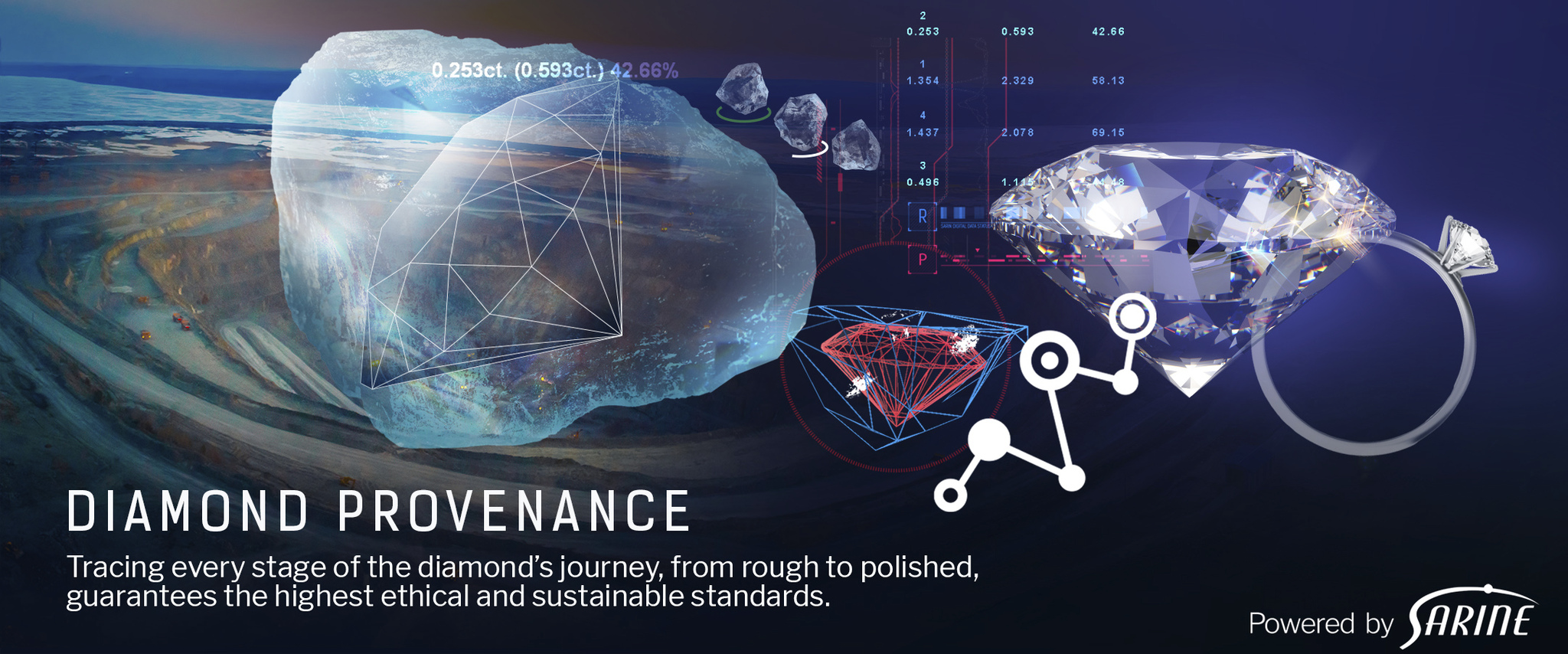
Where will all this lead? Thomas believes that this trend will only continue to strengthen as its benefits for the entire industry are so pronounced. The use of digital diamond scans to assess rough diamonds virtually and matching rough diamonds precisely with polished orders from manufacturers, is the future of rough diamond trading.
Manufacturing moves with the times
Rapaport’s Avi Kravitz picked up the discussion next with Joerg Pausch from Synova, the leading producer of precision laser cutting systems for the diamond industry. Its DaVinci laser solution enables highest precision on the semiconductor level for the most accurate diamond cutting capabilities, lowest weight loss and highest yield in the market.
The conversation moved to a very interesting topic – that of automation, and whether technology for diamond cutting and polishing will disrupt the traditional employment opportunities in the diamond industry. As a leader in diamond polishing automation, Synova is not new to this discussion and according to Pausch, automation is an inevitable fact of life for diamond polishers, just as it has been for myriad manufacturing industries, from automakers to food production and more.
However, this is not necessarily to be regarded as a threat. The skills and competencies of a new generation of workers is also changing. While traditional diamond polishers have worked their craft, the next generation is looking to the future and developing skills and interests in technology. The value added by Synova’s DaVinci and other automation technologies in diamond manufacturing together with its precision capabilities simply cannot be ignored.
As to the future, Synova is working to implement a new feature for automated cutting of fancy shaped diamonds, which is in massive demand in the industry. Just as preferences in employment change with the generations, so too does product demand. And for now, fancy shapes are the upcoming automation trend.
When plan B becomes plan A
The podcast episode was steered back to the retail part of the pipeline for the final interview with Nina Dzhokhadze of Connect Agency, hosted by Sonia Esther Soltani, Rapaport editor-in-chief.
Dzhokhadze is co-owner of fine jewelry brand Never Not, and founder of the Connect showroom, showcasing selected jewelry designers in a Paris venue during spring and fall fashion week, with the aim of connecting designers to buyers all over the world. However, when COVID erupted in March 2020, the physical showroom was shuttered and Dzhokhadze and her team worked quickly to establish a digital showroom. Today, as shutdowns are still in effect in Europe, the Connect showroom is still operating online, and extremely successfully.
Getting the digital showroom up and running so fast was the company’s “plan B”, however it has proven to be a big hit, with a waiting list of designers and buyers. Even though buyers are not able to see the jewelry designs in person, the ability to connect digitally is very powerful. Buyers and designers connect via the showroom on Zoom, where they can explore the designs and establish the necessary chemistry for successful business partnership. According to Dzhokhadze, the fact that people do not need to travel to visit the showroom adds a level of flexibility and confidence that was not apparent in a regular showroom visit. Designers and buyers can now connect and establish relationships no matter where they are located in the world.
A major difference between the physical and virtual showroom is just how much the latter relies on the visual experience. So it is absolutely essential to have high-resolution images, compelling product descriptions and an element of storytelling to capture buyers’ attention on the screen.
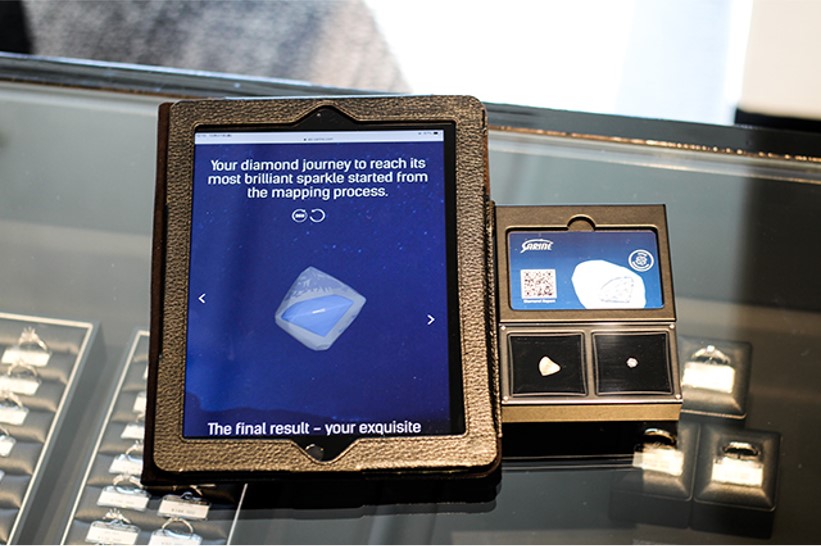
And it clearly works. Dzhokhadze monitors and tracks visitor behavior in the digital showroom, and she is pleasantly surprised again and again to see how much time visitors spend browsing the showroom, indicating a deep engagement with the products on display. Although the initial launch of the digital showroom happened in a rush under the extraordinary circumstances of the pandemic, it is clear that digital is no longer “plan B”. It is a viable, powerful alternative and it is here to stay.
So that’s a wrap on episode 5 and on the entire Diamond Tech podcast series by Rapaport. We hope you enjoyed it, and if you haven’t had a chance to catch up on all the episodes, make sure to do so here.


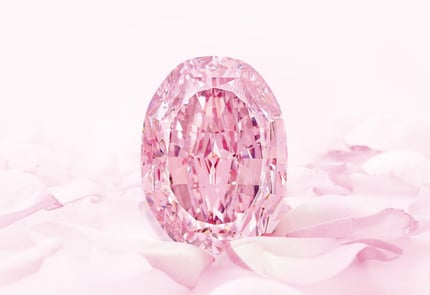


-1.jpg?width=310&name=blog_image%20(003)-1.jpg)



